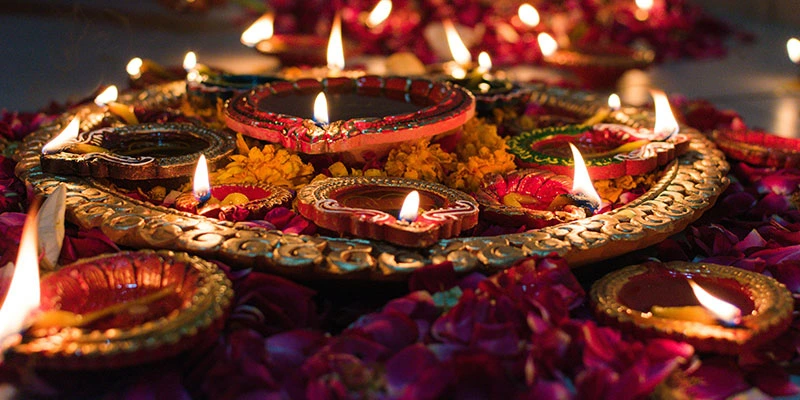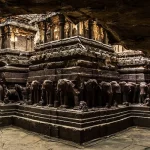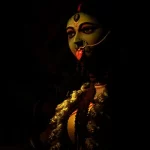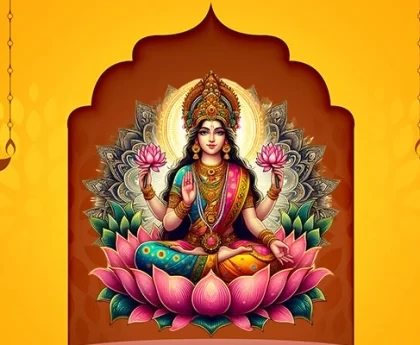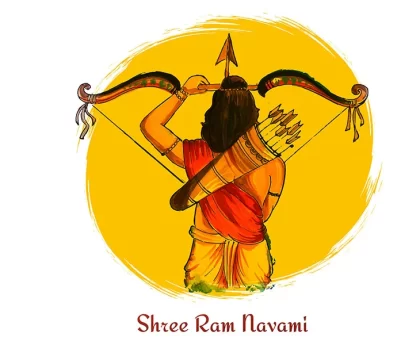Diwali, also known as Deepavali, is one of the most widely celebrated festivals in India and among the Indian diaspora around the world. It is often referred to as the “Festival of Lights,” and is celebrated with much enthusiasm and joy. The festival typically spans five days and falls between October and November, depending on the lunar calendar.
Significance:
Diwali marks the victory of light over darkness and good over evil. The most popular story associated with Diwali is the return of Lord Rama to his kingdom of Ayodhya after 14 years of exile, during which he defeated the demon king Ravana. The people of Ayodhya lit oil lamps (diyas) to guide his way home, which is why lighting lamps and fireworks are integral to the celebrations.
Key Traditions:
- Lighting Diyas and Firecrackers: Homes and public spaces are adorned with small oil lamps (diyas), candles, and colorful rangolis. Fireworks and crackers are a common sight, though in recent years, there has been a growing emphasis on environmentally friendly celebrations.
- Puja (Worship): The third day of Diwali is dedicated to worshiping Goddess Lakshmi, the goddess of wealth and prosperity. People clean their homes, decorate them, and offer prayers to invite prosperity into their lives for the coming year.
- Exchanging Gifts and Sweets: Diwali is a time for socializing and strengthening bonds with family and friends. People exchange gifts, cards, and traditional sweets such as ladoos, barfis, and halwas.
- New Clothes: Wearing new clothes is an important tradition, symbolizing a fresh start and good fortune for the year ahead.
The Five Days of Diwali:
- Day 1: Dhanteras – Marks the beginning of the festival. People buy new items, especially precious metals like gold or silver, to bring good luck.
- Day 2: Naraka Chaturdashi (Choti Diwali) – Commemorates the defeat of the demon Narakasura by Lord Krishna. People often celebrate with early morning baths and light the first diyas.
- Day 3: Diwali – The main day of the festival, marked by prayers to Goddess Lakshmi and the lighting of diyas to dispel darkness and evil.
- Day 4: Annakut or Govardhan Puja – Celebrates Lord Krishna’s lifting of the Govardhan Hill to protect villagers from a storm. It’s also a day for preparing and offering special food items.
- Day 5: Bhai Dooj – Celebrates the bond between brothers and sisters. Sisters pray for the well-being and success of their brothers, while brothers give gifts in return.
Symbolism:
- Light Over Darkness: The lighting of diyas symbolizes the dispelling of ignorance and darkness, both in the physical and spiritual sense.
- Good Over Evil: The defeat of Ravana (or Narakasura) symbolizes the triumph of good over evil, righteousness over unrighteousness.
- Prosperity and Blessings: Worshipping Goddess Lakshmi and Lord Ganesha during Diwali is believed to bring wealth, prosperity, and happiness.
Cultural Variations:
While Diwali is predominantly a Hindu festival, it is celebrated by people of other faiths as well:
- Sikhs celebrate Diwali to mark the release of Guru Hargobind Ji from imprisonment.
- Jains celebrate Diwali to commemorate Lord Mahavira’s attainment of nirvana.
- Buddhists in some regions, particularly in Nepal, also celebrate Diwali, associating it with the victory of light over darkness.
Overall, Diwali is a time for family gatherings, feasts, and joyous celebrations, filled with music, dance, lights, and prayers. It’s one of the most significant and widely anticipated festivals in India and beyond.

